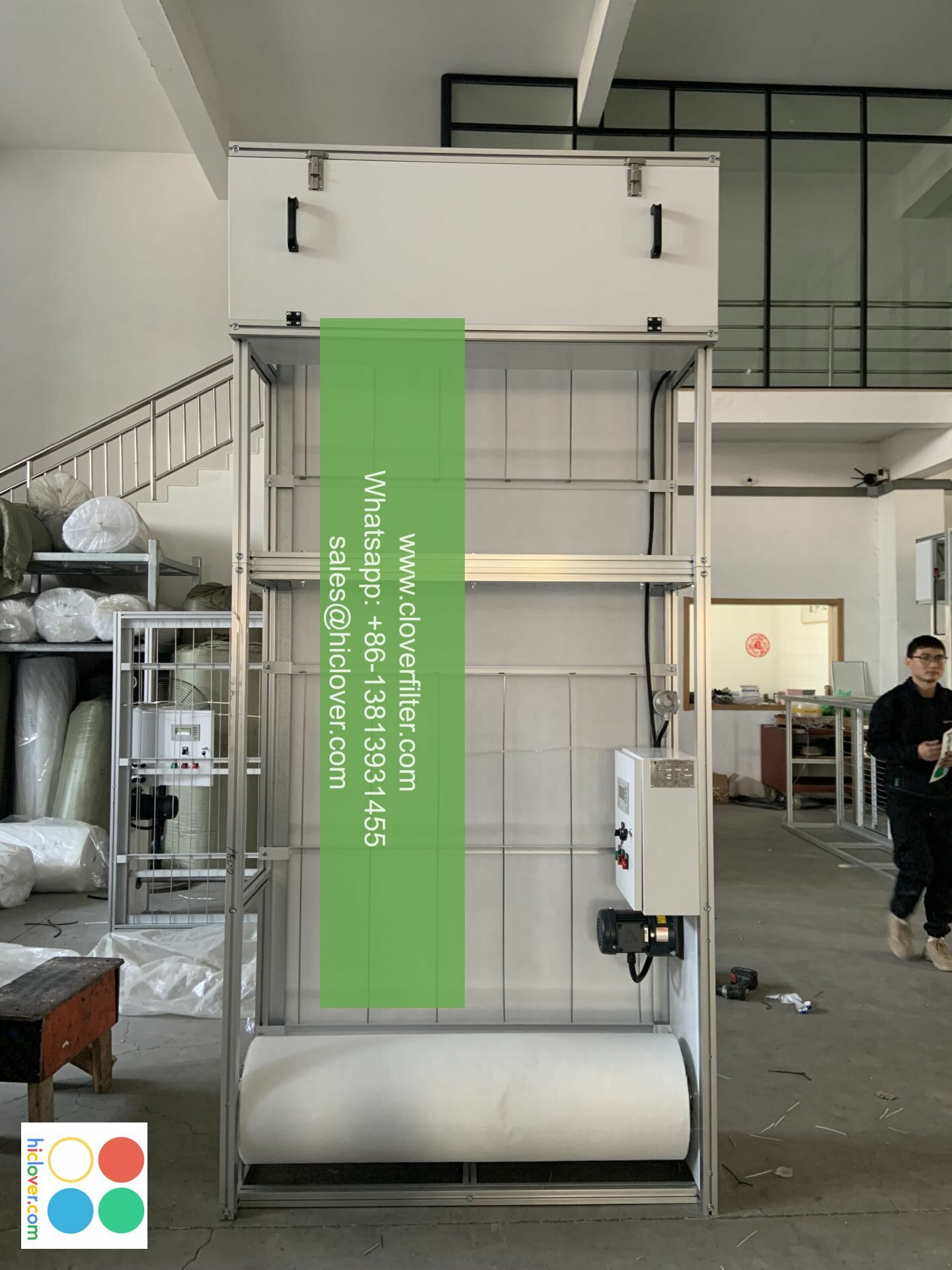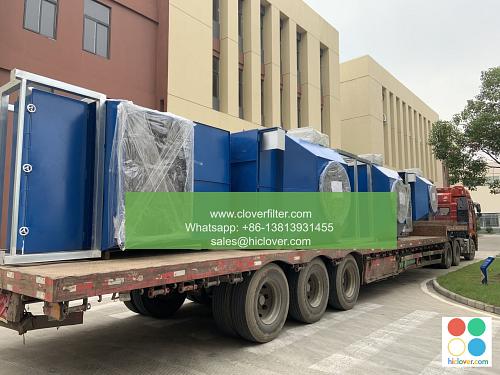Best Practices: Installing and Maintaining Automatic Roll Air Filters in Reynosa’s Cleanrooms

Reynosa, a city located in the state of Tamaulipas, Mexico, is known for its thriving industrial sector, including the production of electronics, automotive parts, and medical devices. Many of these industries require cleanrooms to manufacture their products, and maintaining the air quality in these environments is crucial. One of the key components in achieving this is the use of automatic roll air filters. In this article, we will discuss the best practices for installing and maintaining these filters in Reynosa’s cleanrooms, highlighting various application areas such as HEPA filter maintenance, air filtration systems, and cleanroom technology.
Introduction to Automatic Roll Air Filters
Automatic roll air filters are designed to provide a continuous supply of clean air in cleanrooms, removing particles and contaminants that can compromise the quality of products being manufactured. These filters are especially useful in industries such as pharmaceuticals, biotechnology, and electronics manufacturing, where the control of airborne particles is critical. By understanding how to properly install and maintain these filters, facilities in Reynosa can ensure the highest level of air quality in their cleanrooms, adhering to strict ISO 14644 standards for cleanroom classification.
Best Practices for Installation
The installation of automatic roll air filters is a critical step in ensuring the effectiveness of the cleanroom’s air purification system. Here are some best practices to consider:
– Pre-installation Planning: Before installing the filters, it’s essential to assess the cleanroom’s layout and airflow dynamics to determine the optimal placement of the filters. This includes considering the location of laminar flow workstations, gowning rooms, and material transfer stations.
– Filter Selection: Choosing the right type and size of filter for the specific application is vital. Factors such as the desired air change rate, particle size, and filter efficiency must be considered to ensure the filter can meet the cleanroom’s classification requirements.
– Proper Sealing: Ensuring that the filter is properly sealed within its housing is crucial to prevent bypass leaks and maintain the cleanroom’s pressure differential.
Maintenance and Replacement
Regular maintenance and timely replacement of automatic roll air filters are essential for maintaining the cleanroom’s air quality. Here are some guidelines:
– Scheduled Inspections: Regularly inspect the filters for signs of wear, damage, or filtration efficiency degradation. This can be done through pressure drop testing or scan testing to assess the filter’s performance.
– Replacement Schedules: Establish a routine for replacing the filters based on the manufacturer’s recommendations, operational hours, and air quality monitoring data. This ensures that the filters do not become overloaded with particles, which can lead to a decrease in airflow rate and filter lifespan.
– Training Personnel: Ensure that maintenance personnel are properly trained in the handling, installation, and disposal of the filters to prevent contamination risks and ensure compliance with OSHA regulations.
Conclusion
The proper installation and maintenance of automatic roll air filters are critical components of any cleanroom’s air quality control strategy. By following the best practices outlined in this article, facilities in Reynosa can optimize their cleanroom operations, ensuring compliance with regulatory standards and protecting the integrity of their products. Whether in the pharmaceutical industry, medical device manufacturing, or advanced technology sectors, the importance of maintaining high-quality air filtration systems cannot be overstated. As the demand for cleanroom technology continues to grow, adhering to these best practices will be essential for companies in Reynosa and beyond, highlighting the city’s commitment to quality manufacturing and innovation.

